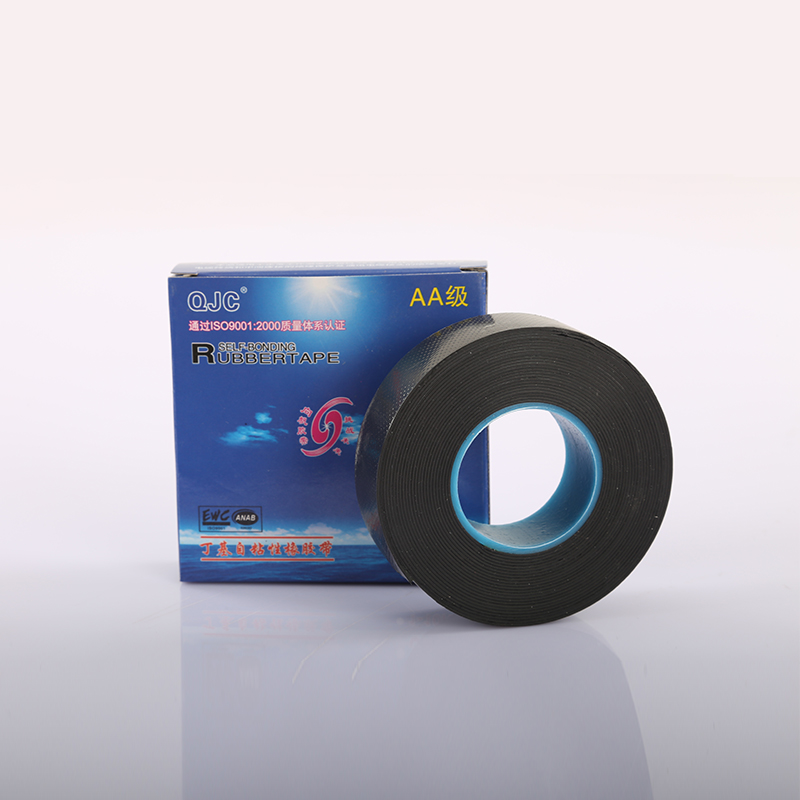The Versatility and Importance of Insulation Tape
Insulation tape, often referred to as electrical tape or insulating tape, is a common yet essential tool in various domains, including electrical work, home repairs, and even arts and crafts. Despite its simple appearance, this remarkable tape serves multiple purposes, making it a staple in the toolbox of professionals and DIY enthusiasts alike.
What is Insulation Tape?
Insulation tape is made from a variety of materials, including PVC (Polyvinyl Chloride), rubber, and cloth. The choice of material typically depends on the intended application. For instance, PVC insulation tape is widely used for electrical projects due to its excellent insulation properties and durability. The tape is usually available in various colors, the most common being black, which is frequently used for electrical wiring. However, colored tapes can also serve functionality, such as color-coding wires to distinguish between different circuits.
Key Characteristics
One of the most important characteristics of insulation tape is its electrical resistance. This property prevents unintended electrical conduction and protects against short circuits, making it vital for any electrical work. Insulation tape can withstand high temperatures and is resistant to moisture, making it suitable for both indoor and outdoor applications. In addition, it boasts flexibility, allowing it to conform to various shapes and surfaces, which is crucial when wrapping around wires or cables.
Applications in Electrical Work
The primary use of insulation tape is in the electrical industry. Electricians use it to insulate exposed wire ends, secure connections, and protect against dust and moisture. When wrapping wires, it is important to apply tension to ensure that the tape adheres properly and provides a secure insulating layer. Insulation tape can also be used to bundle multiple wires together, reducing clutter and preventing tangling, which can lead to wear and damage over time.
insulation tape

Furthermore, insulation tape finds applications beyond temporary repairs. For instance, in the event of a damaged power cord, one can use insulation tape to temporarily mend it until a more permanent solution is implemented. However, it is crucial to always prioritize safety and replace damaged equipment whenever possible.
Home and DIY Uses
Aside from electrical applications, insulation tape is incredibly versatile and can be utilized for myriad home improvement projects. For instance, it can be used to repair leaky hoses, secure loose parts, or even provide grip on slippery surfaces. Its waterproof properties make it particularly useful for sealing leaks in plumbing or covering cracks in outdoor furniture, thus extending their lifespan.
DIY enthusiasts often turn to insulation tape for creative projects. The variety of colors available allows for customization and personalization in crafts and decorations. Examples include using colored tape for accentuating furniture, creating wall art, or making unique phone cases. The tape’s ease of use and non-messy application make it a favorite among hobbyists looking to add a personal touch to their creations.
Safety Considerations
While insulation tape is an invaluable tool, safety must always come first. Users should ensure that the tape is rated for their specific application, especially when dealing with high-voltage situations. It is important to inspect the tape regularly for signs of wear or damage, as degraded insulation can lead to unsafe conditions.
Conclusion
In summary, insulation tape is an indispensable tool that transcends the boundaries of the electrical industry, finding utility in everyday home repairs and creative projects. Its insulating properties and versatility make it a go-to choice for professionals and DIYers alike. Whether you’re wrapping wires, sealing leaks, or getting crafty, insulation tape is a reliable ally. Always remember to use it wisely and safely, and it will undoubtedly prove its worth in countless applications.
-
XIANGFAN Rubber Tape-Ultimate Solutions for All Your Insulation NeedsNewsJun.24,2025
-
XIANGFAN Rubber Tape-Protection for Industrial and Residential ApplicationsNewsJun.24,2025
-
XIANGFAN Rubber Tape: Superior Safety and Sealing for Demanding EnvironmentsNewsJun.24,2025
-
XIANGFAN Rubber Tape: Reliable Solutions for Every Electrical ChallengeNewsJun.24,2025
-
XIANGFAN Electrical & Industrial Tape: Powering Reliability Across IndustriesNewsJun.24,2025
-
XIANGFAN Electrical & Industrial Tape: Excellence in Every ApplicationNewsJun.24,2025
